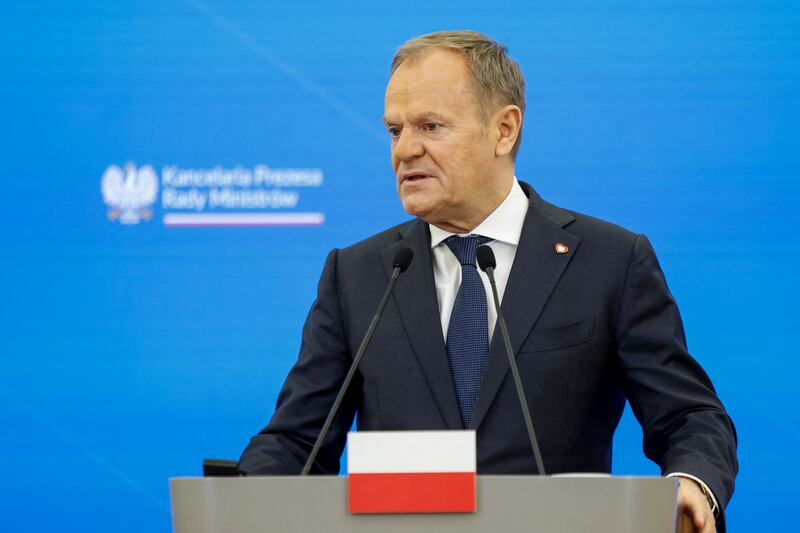Ten years into his papacy and Pope Francis is once again pushing open just a little bit further the door to the participation of women and lay Catholics in the running of the church.
On Wednesday, he announced that for the first time women will take part and vote in the Synod of Bishops of the church - an additional 70 non-bishop voting members, half of them women, with a sprinkling of youth representatives, will take part in what is expected to be a ground-breaking “Synod on synodality” in October. Five religious sisters will also join five priests as voting representatives for religious orders.
Many have compared the upcoming synod, liberals enthusiastically, conservatives in some dread, to the Second Vatican Council which radically reformed the church in the 1960s.
The synod’s challenge is to make the church more reflective of, and responsive to, the laity, a process known as “synodality”, a concept central to the pope’s reformist thinking. It has been prepared with a two-year worldwide canvassing of the lay faithful about their vision for the church and how it can better respond to the needs of Catholics today.
The pope’s inclusion of women – they will represent ten per cent of the meeting which will nevertheless remain predominantly a voice for bishops – continues his gradual evolution of their role. On his elevation a decade ago, Francis insisted that the contribution of women should not be limited “to altar girls or the president of a charity….There must be more.”
In 2022, he added women to the committee that advises on picking the world’s bishops – the previous year he had changed the rules to allow women to read the Bible at Mass, serve at the altar and distribute communion. But he remains opposed to women’s ordination as deacons, priests or bishops. The latest move, however, represents a welcome, if long overdue, step in the right direction, a “significant crack in the stained glass ceiling,” as Kate McElwee director of the Women’s Ordination Conference put it.




